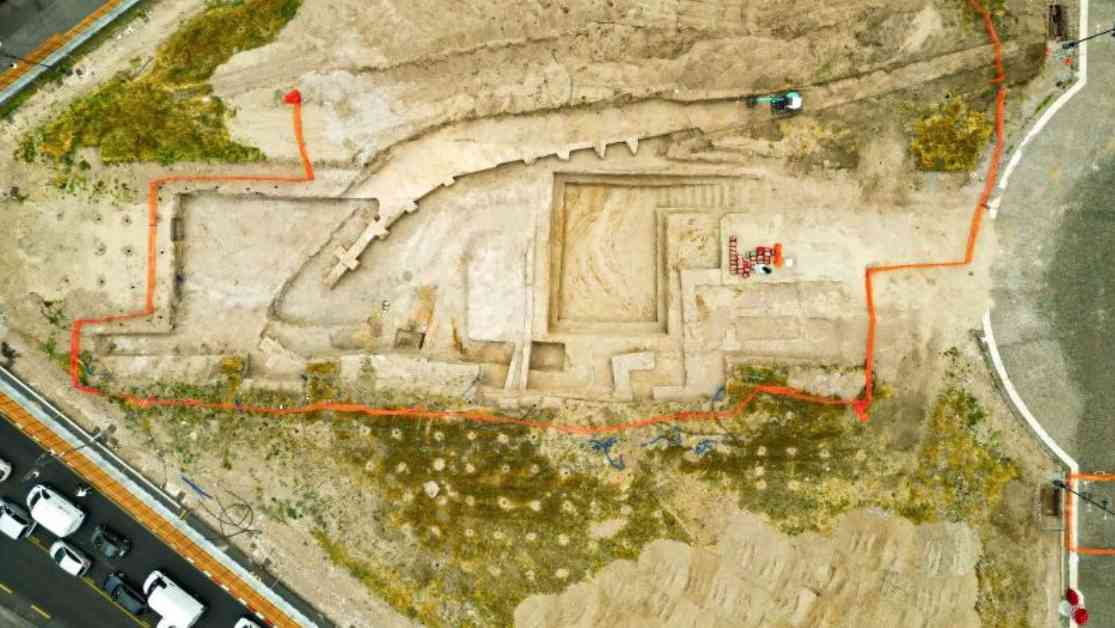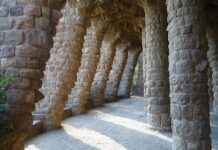Archaeologists in Rome have recently unearthed the remains of what appears to be a medieval palace where popes lived before making the Vatican their home, according to the Italian Ministry of Culture. The discovery was made in the square of the Archbasilica of St. John Lateran, in the city center, as part of renovations for the Catholic Holy Year 2025, or Jubilee.
The complex architectural structure includes walls believed to have protected the Patriarchate, a monumental basilica designed by Emperor Constantine in the 4th century. This finding is considered of extraordinary importance for the city of Rome and its medieval history, as significant archaeological excavations had not been carried out in the square in modern times, as stated by the ministry.
The initial building structure, reflecting Constantine’s declaration of tolerance towards Christianity in the Roman Empire in 313, was expanded in stages between the 9th and 13th centuries and housed the papacy until 1305, when it temporarily moved to Avignon, France. The area around St. John Lateran is being beautified in preparation for the Jubilee, a year-long event starting in December expected to attract over 30 million pilgrims and tourists to the Italian capital.
During the Jubilee, Catholics can receive special indulgences, or the remission of their sins, by fulfilling certain conditions and performing good deeds or pilgrimages. Rome’s long history, dating back almost 2,800 years, often leads to archaeological discoveries during road works. Recent excavations near the Vatican to expand a road tunnel revealed remnants of an ancient Roman fullonica, or laundry, as well as a porticoed garden believed to have been used by Emperor Caligula. This continuous unveiling of Rome’s rich history adds to the allure and fascination of the eternal city for visitors and locals alike.












